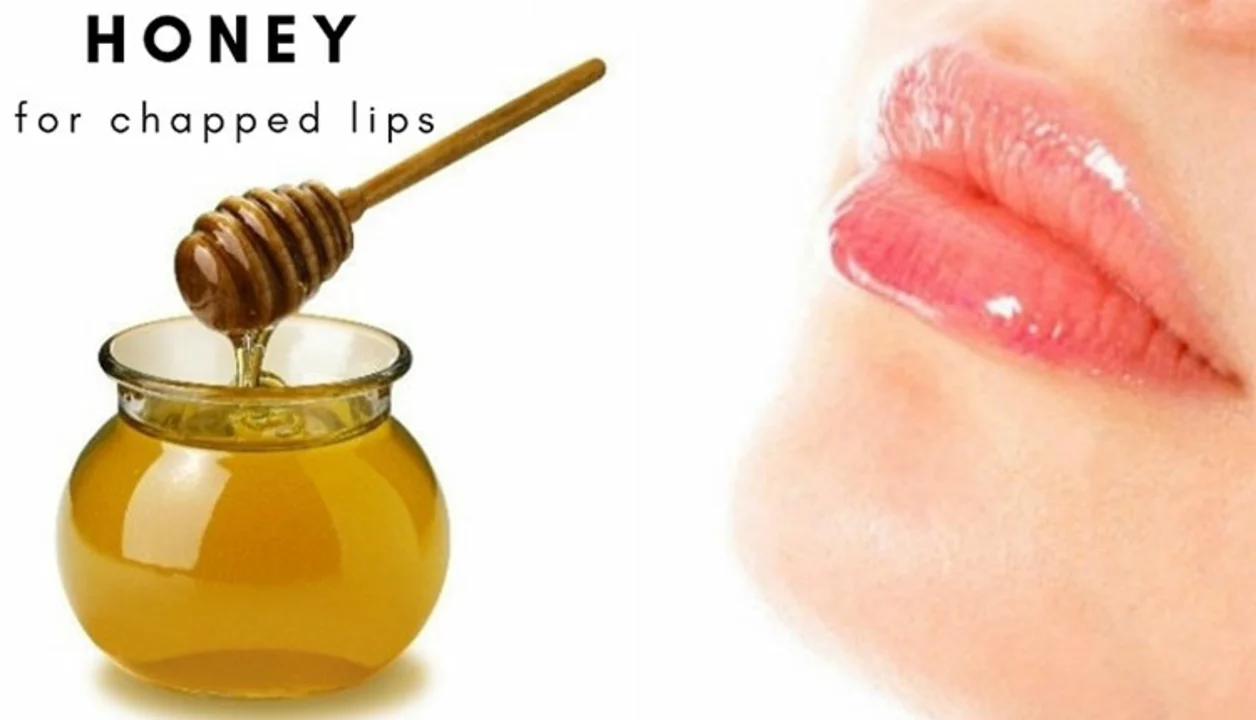Honey: Uses, Benefits & How to Use It Safely
Honey isn't just a sweetener—people have used it for medicine, wound care, and cough relief for ages. Raw honey has enzymes, antioxidants, and natural sugars that give quick energy and mild antimicrobial effects. Not every jar helps the same; processing changes what honey can do. Below are practical uses, safety tips, and simple ways to choose real honey.
Practical uses and safety
For a sore throat or cough, a teaspoon of raw honey before bed often helps. Research finds honey can reduce cough and improve sleep in children over one year and adults. Mix honey with warm lemon water, not boiling water, to preserve enzymes. In food, swap some sugar for honey in tea, yogurt, or oatmeal to cut refined sugar and add flavor.
One teaspoon of honey has about 21 calories and roughly 5.7 grams of sugar, so factor that into your daily intake. For baking, swap sugar for honey at a 3:4 ratio (three quarters cup honey per cup sugar), cut liquids slightly, and lower oven temperature by 25°F to avoid over-browning. Try small batches to adjust texture and taste, and keep notes regularly.
Topical use requires care. Medical-grade manuka honey is used for wound care because it creates a moist barrier and slows bacterial growth. Don’t use table honey on deep wounds or serious burns; check with a clinician first. For skin, a thin layer of raw honey can calm dry patches—leave for ten to fifteen minutes, then rinse.
Never give honey to infants under twelve months due to botulism risk. If you have diabetes, treat honey like any sugar: it raises blood glucose. Start small when testing honey for allergies; local honey might help some people but it’s not a guaranteed cure.
Choosing, storing, and types
Real honey can crystallize; that’s normal and not spoilage. Warm the jar gently in a bowl of warm water to reliquefy it. Look for raw, unfiltered labels if you want more enzymes and pollen. Avoid jars that hide origin or list added ingredients. Store honey at room temperature in a sealed jar and keep it out of direct sunlight.
Simple home tests aren’t reliable for detecting syrups. Pure honey usually drips slowly and can form a fibrous stream when poured, but the best check is buying from reputable brands or local beekeepers and reading the label. Try small jars of different varieties to find what you like.
Different types—clover, acacia, buckwheat, and manuka—vary in taste, color, and antioxidant level. Manuka has a UMF or MGO rating that indicates antibacterial strength; higher numbers mean stronger activity and a higher price. Use raw honey for flavor and mild home remedies, and reserve medical-grade products for wounds or clinical needs.
Honey is a versatile, tasty tool when used sensibly. Respect infant and blood sugar rules, pick quality jars, and use medical-grade options when treating wounds. A small daily spoon can add flavor and possible benefits, but keep overall sugar and calories in mind.
The benefits of using honey for chapped skin relief

As a blogger who loves exploring natural remedies, I recently discovered the amazing benefits of using honey for chapped skin relief. Honey is a natural humectant, which means it can moisturize and soothe dry, irritated skin. It also has antibacterial properties to help prevent infection in cracked skin. I've personally experienced great results with applying raw honey to my chapped skin and letting it sit for 15-20 minutes before rinsing off. I highly recommend giving honey a try for anyone struggling with dry, chapped skin - it's a sweet and natural solution!
